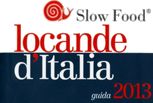Introduction
Elizabeth is an American writer who stayed with us and afterwards sent me the following article; the accompanying photographs were taken by her and her friend Trish during their enjoyable experience of cooking traditional food together.
We immediately got on well with both Elizabeth and Trish; their appreciation for the place, the house, the food and wine was obvious and enthusiastic; and also for things that were unknown to them, such as several aromatic plants and certain fruits; the dedication shown by them and their husbands as they cooked using traditional utensils they were unfamiliar with will stay in my heart for a very long time!
Giovanna
Slowing Down in The Piedmont
In May, my husband and our two dear friends, found our way to the Langhe, in the Piedmont region of Italy. An Internet search led us to Agriturismo Cascina Bricchetto, owned and operated by Giovanna Oliveri. The Langhe is a spectacularly hilly area, one of UNESCO World Heritage destinations, known for its long history of wine making and cultivation. This is the fertile home of Nebbiolo, Dolcetto, Moscato grape varieties and some of the greatest wines of the world.
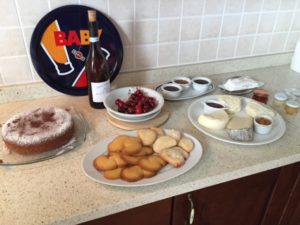 The Piedmont is also where the Slow Food Movement got its start 30 years ago. Slow Food (out of which I believe the concept of slow travel grew) promotes locally grown and sustainable food practices and aligns with the idea of local consumption, purchasing and cooking with fresh local products, supporting its producers, and celebrates what is fundamentally healthier about slowing down the pace of our modern industrialized lives.
The Piedmont is also where the Slow Food Movement got its start 30 years ago. Slow Food (out of which I believe the concept of slow travel grew) promotes locally grown and sustainable food practices and aligns with the idea of local consumption, purchasing and cooking with fresh local products, supporting its producers, and celebrates what is fundamentally healthier about slowing down the pace of our modern industrialized lives.
While we were interested in learning about the wine and food of the region—lets face it, who isn’t interested in wine and food in Italy? – We were also drawn to the possibility of putting on the breaks a bit after a busy week in Venice and the Cinque Terre. A farmhouse vacation in a beautiful place resonated for our group and provided a base from which to explore.
Cascina Bricchetto, located high on a hill near the village of Trezzo Tinella was a most wonderful find. The property houses a series of connected buildings, the oldest stone farmhouse dating possibly to the 18th century. Restoration of the place has been an on-going labor of love since the mid 1990’s and it shows nearly everywhere you look.
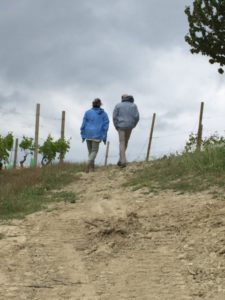
The gardens and fruit trees, lavender, roses, cherries and quince—all planted in the past twenty years, are flourishing under Giovanna’s care. In fact, as far as you can see, over hills sloped with neat vineyards, dotted here and there with clay-tile-roofed farmhouses, fields strewn with poppies, daisies, sweet peas spilling over stone walls, geraniums in wall niches, there perfect chaos and order. Everywhere is evidence of fastidious attention paid to the land, the vines, the hazelnut groves; a symmetry, and at the same time, a random sensuousness that, to those with an eye for beauty and a nose for jasmine and broom (ginestra), will not be disappointed. This is a place that FEELS settled, tended to over generations, naturally ordered, loved. It rightly deserves reverence. People live with and from the land here. Artists paint these landscapes. Visionaries, like Giovanna, seek to preserve what is very special about this place.
We woke in our immaculate two-bedroom rental to the sounds of the lonely Cuckoo bird. (Our accommodation was named the Bread Oven House, for the historic oven attached to the building that once served the women of the hillside in their weekly bread baking chores). Fragrant scents wafted in open windows with the soft rustling of wind in the trees. We watched clouds change shape daily in a baroque sky and a few times were gifted with stunning views of the still-snowy Alps in the distance We enjoyed the easy-going presence of the farm dogs, Pippo and Peppa, and ate (and ATE) throughout the week from a banquet of local delights provided us by our hostess: cheeses, bread, homemade hazelnut cake, and of course, local red and white wines.
Days unfolded with an easy balance of country walks, reading on the balcony or out in the sunny yard. We made forays by rental car to explore nearby towns (Alba, Neive, Bra, Barolo, Barbaresco, to name some) for wandering, market days, a wine tour, among other slow-paced adventures. We were a laid back foursome, following our whims and the mood of each day.
The most meaningful experience of our time in the Piedmont included two late afternoons spent in Giovanna’s warm kitchen. There we donned aprons, filled our wine glasses, and learned her recipes for homemade pasta, ragu, the patient work of ravioli-making (make the filling one day and let it rest overnight to maximize the meld of flavors), risotto al funghi, green sauce with anchovies and quail eggs. Every ingredient was either grown in Giovanna’s garden, or came from a producer nearbi. To watch Giovanna knead dough on a smooth,
table-sized wooden board, passed down to her through generations, or hand us a weighty granite mortar and pestle that belonged to her great grandmother…to hear stories, and slow down enough to learn to use a Mezzaluna, (no cuisinart in this cooking class!)…
to muddle through our language challenges (Giovanna’s English is so far superior to our non-existent Italian), fill our glasses again, and depart, not only with a bounty of soul-filling food we were never quite able to finish during our week stay, but a deeper sense of home, hospitality, tradition, a feeling for what is important to Giovanna. She shared with us the abundance and “taste” of the authentic, all of this an enrichment, a generosity, and a connection we did not anticipate and will treasure always.
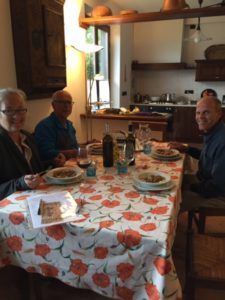
Sifting through photos of our recent trip to Italy, I can of course appreciate the history, mystery and watery majesty of Venice, the sparkling hills of the Cinque Terre, the brilliant blue of the Ligurian Sea, but I will remember Giovanna’s hands at work, her hand-picked cherries, the view from the top of her hill, the bounty of a life committed to her Langhe property, and her extravagant generosity. I have the satisfaction and sense, that between the lines of communication stilted by our linguistic limitations, we received gifts of understanding, and a shared hope that more people might come to know the gifts of slowing down, opening the senses, loving the earth that holds,
inspires, and feeds us, and pausing long enough to recognize our part in stewarding and honoring those who also tend it, no matter where our travels take us.
Beth Lodge-Rigal Bloomington, Indiana
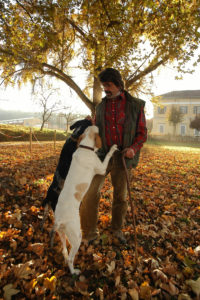
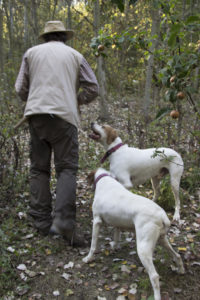
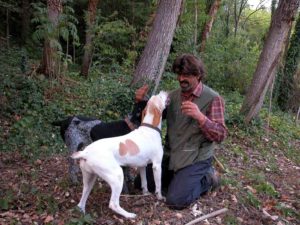
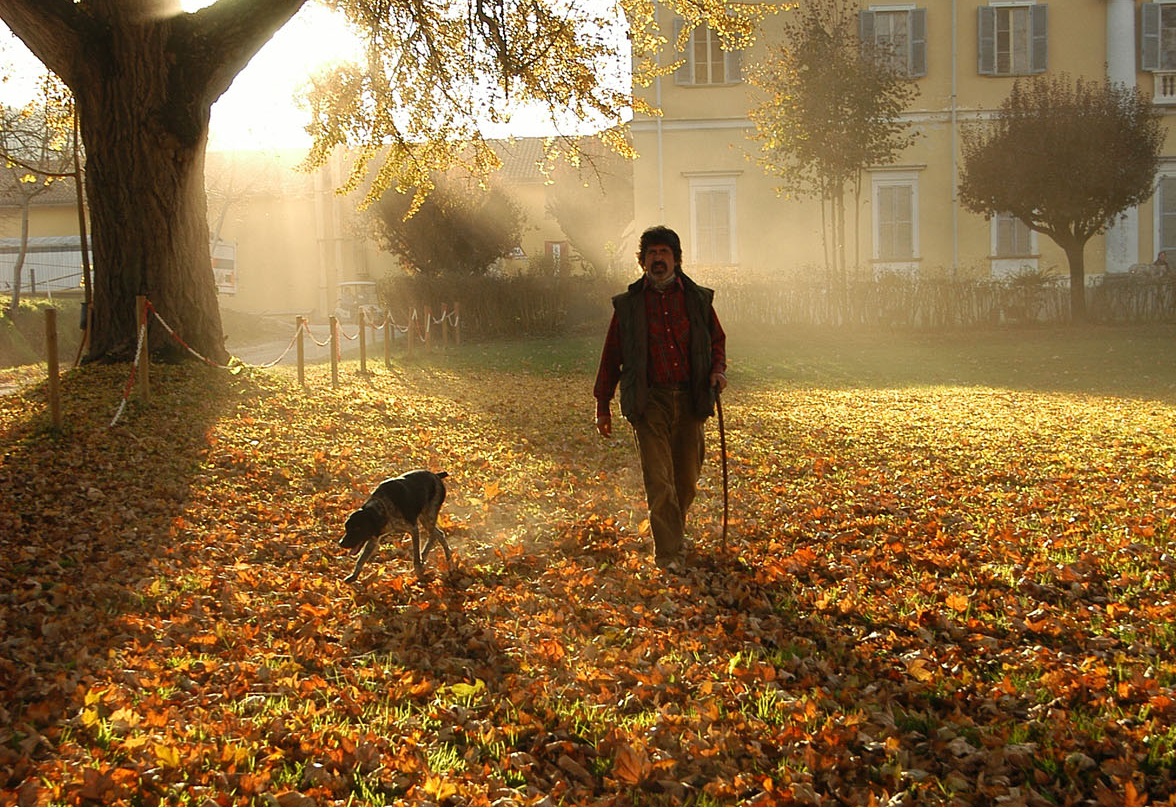
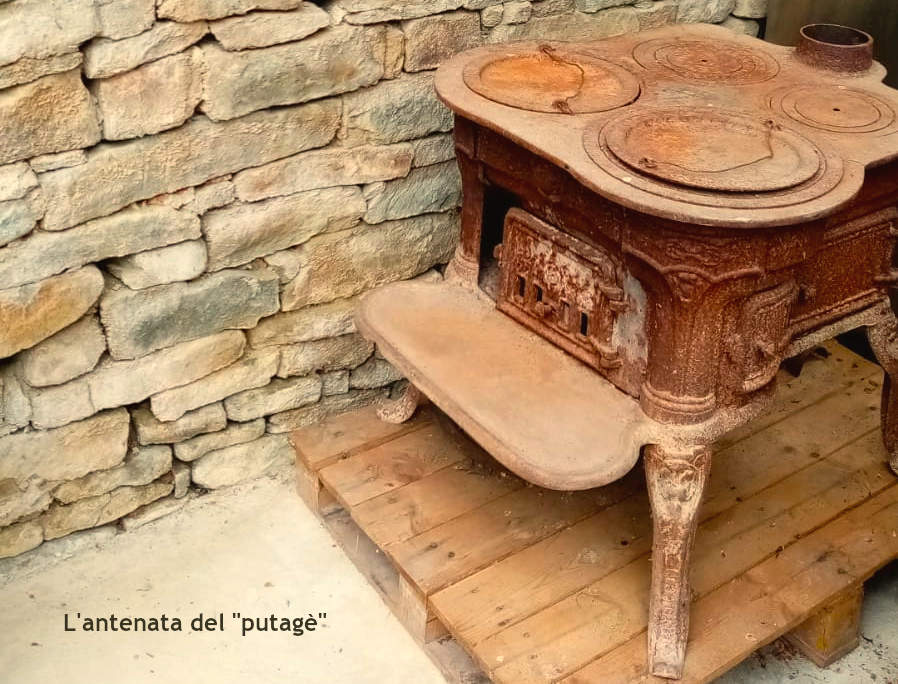
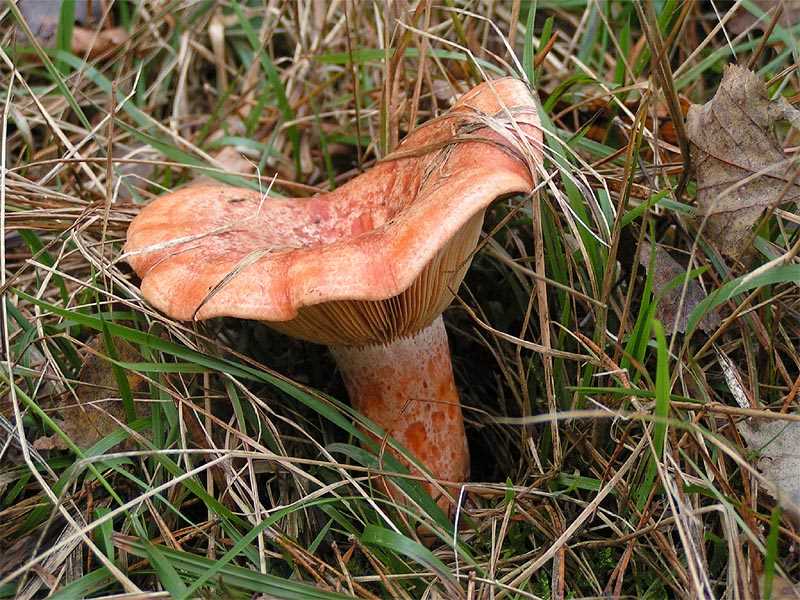
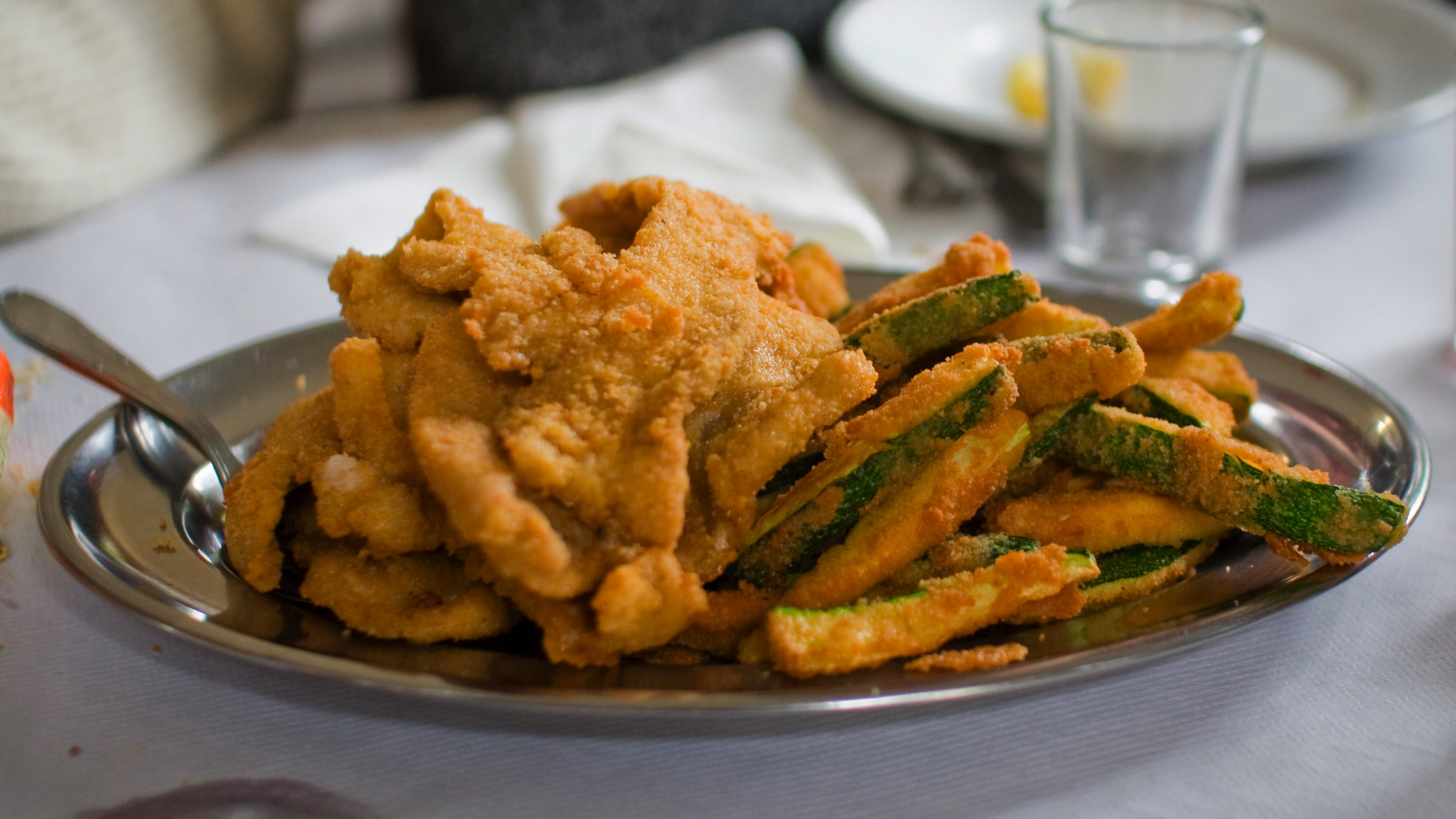
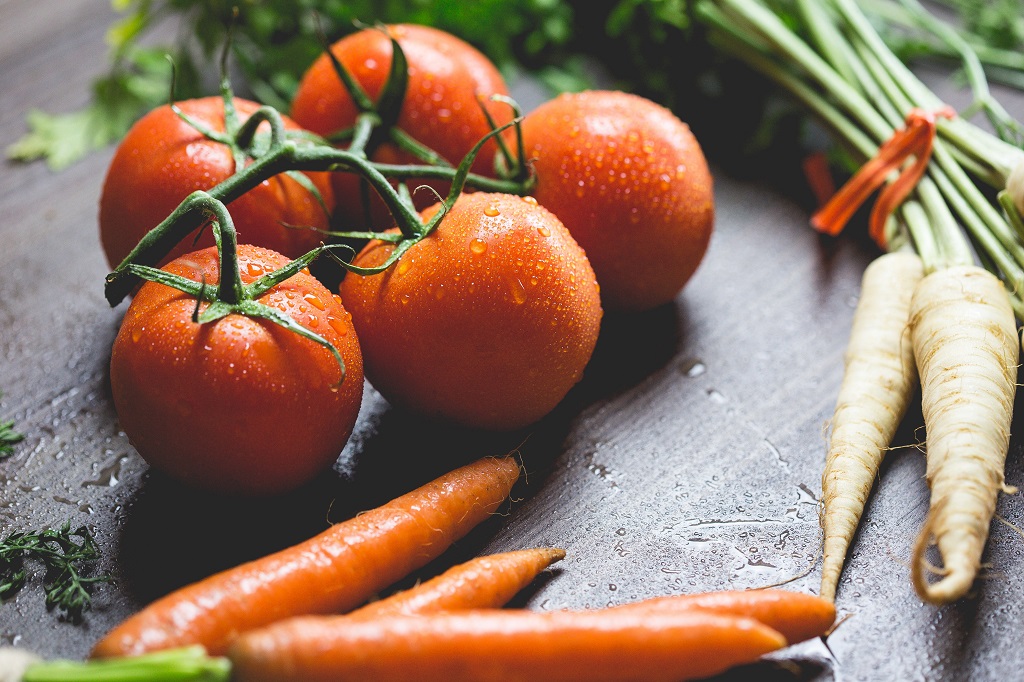
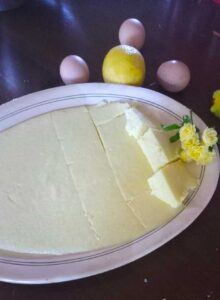
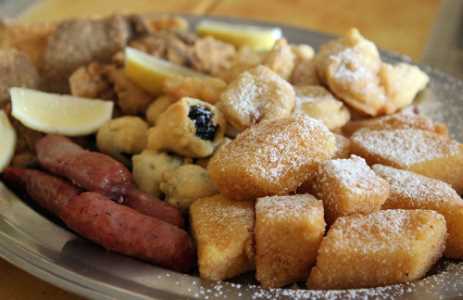
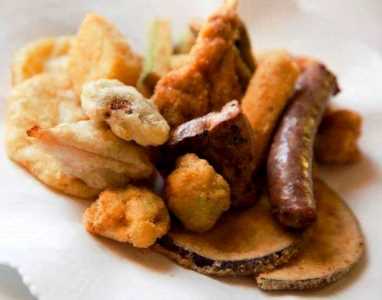
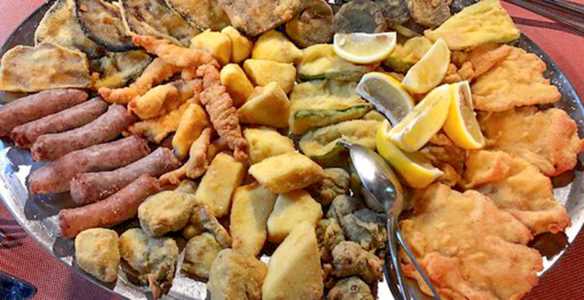
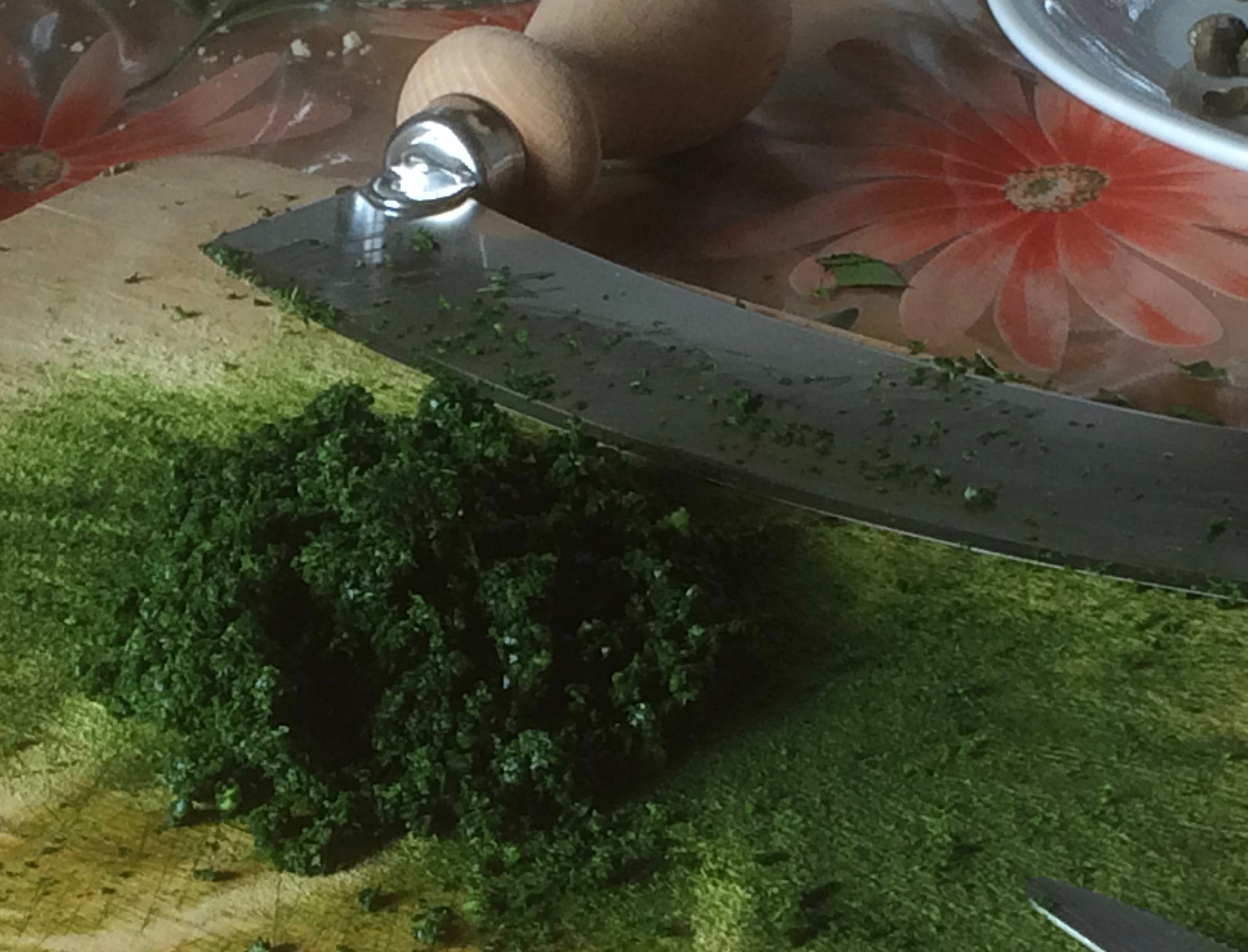


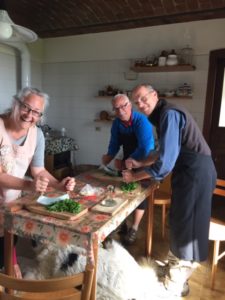
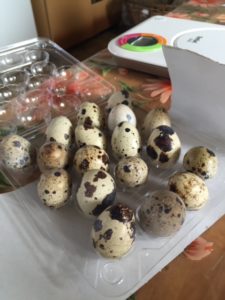
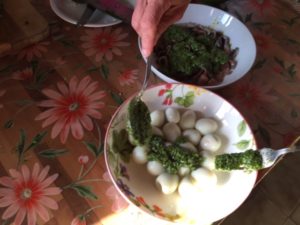
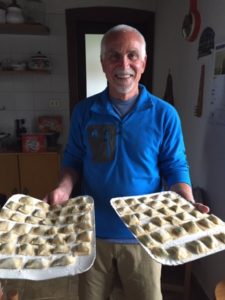
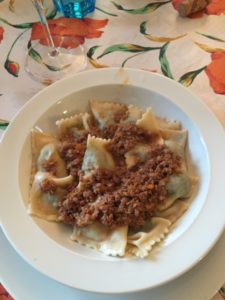
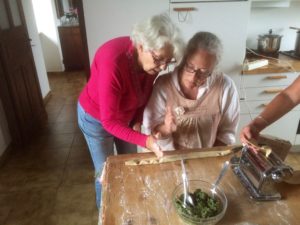

 Book now
Book now


